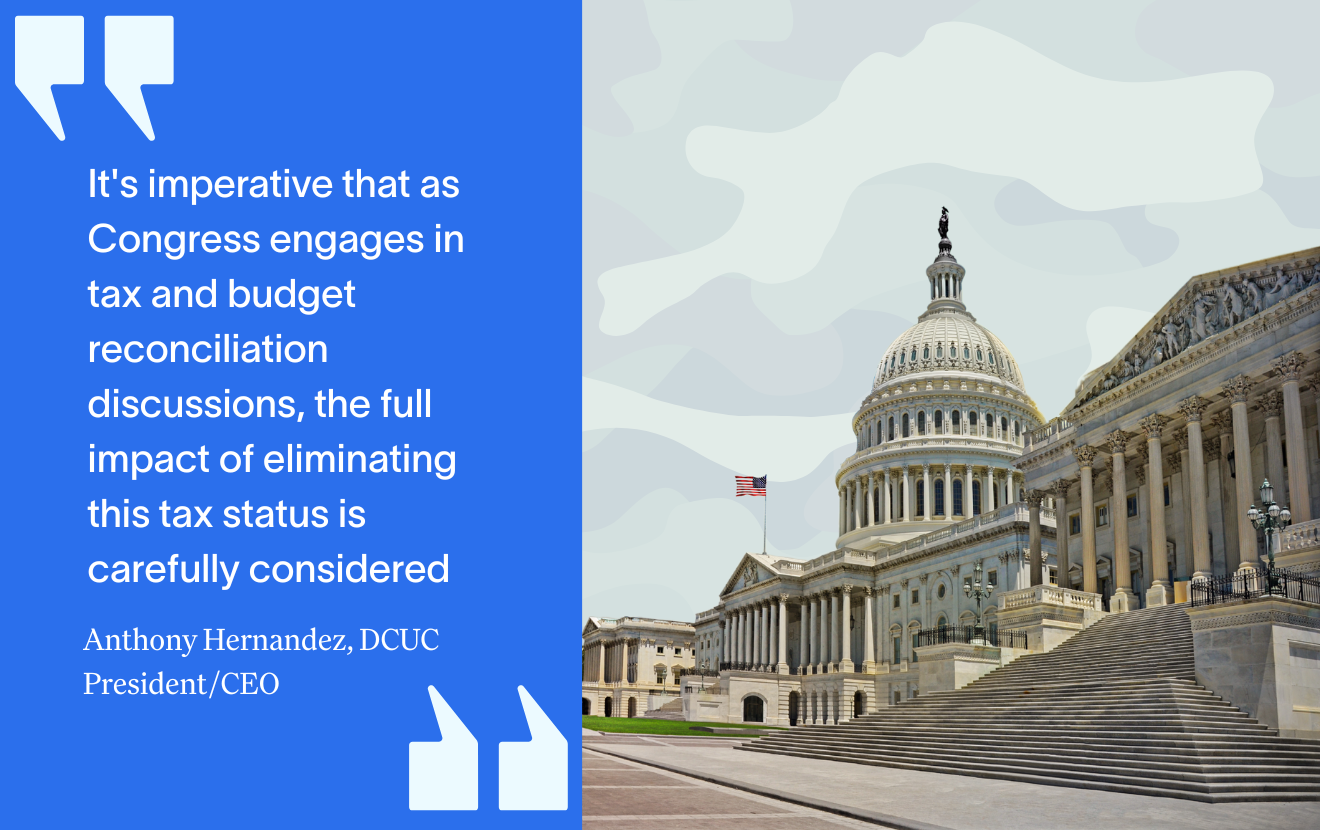By Matt Monge, Mazuma Credit Union & The Mojo Company
So this post and the ensuing comments got me thinking a little more about this idea of organizations flexing a little more in regards to individuals being wired differently. Sometimes folks just don't fit in, and often that's a good thing. And I'm not just talking about the artsy, skinny-jean-wearing folks you think of when you mention a creative type. But maybe some practical tips would be a helpful addition to the broader statements in the post referenced above.
1. In your own mind, equate micromanaging your creative/oddball employee with something horrible, like how you'd feel if someone made you watch every episode of Jersey Shore in one sitting. Creative types tend to need a little more space than other humans. Does that mean you don't hold them to certain performance standards? Nope. It just means you don't hover over their shoulder, chain them to their desk, organize and color-code their files, and dictate every blessed step of their day for them.
That being said, the flip-side of that coin is that if you're that creative person and your "creativity" is preventing you from meeting agreed upon performance goals and objectives, it's your manager's responsibility to be in your business (up in your grill, if you will) figuring out what's going on and how they can help you get on track. The trick? Get stuff done, and get stuff done well. Doing that makes it easier for others to give you a little latitude to be the weirdo you are (and we dig that about you).
(I'm one of those weirdos, aka the aforementioned oddballs. My limitations make it nearly impossible for me to sit in the same spot and concentrate on the same thing for extended periods of time. Now, let me work remotely, or from a coffee shop, or outside, and I'm all kinds of creative and productive.)
As I wrote this, I thought about how fortunate I've been in that I've had three bosses, counting my current one, who in their own ways encouraged me to be...well...me. Weirdness and all. Each of them is actually markedly different from the others, but one thing they have in common with each other is giving me space to work in ways that surely at times seemed or seems counter-intuitive to them, but is really the way I've adapted my work style to leverage my strengths and compensate for my limitations and weaknesses. I'm supremely grateful for the opportunities I've been afforded under each of them.
2. Don't just tolerate. Stimulate! It's not enough just to "be OK" with people expressing creativity. Why not actually stimulate it? Why not actually leverage that creative ability for the good of the organization? Just like you'd develop any other employee's strength in another area, so too should you help creative folks' continue to develop their skills in that arena. Challenge them to be creative. Look for ways to put their creativity to use. Be on the look out for other creative folks with whom you can connect them.
3. Be flexible. If your team and/or organization is able to swing it, maybe you should try building an element of flexibility into employee schedules. Some folks are more productive and creative when they're sitting in front of their computer monitor. Others are inspired by their laptops/Macbooks/iPads/kindles/tablets/moleskin. Others still get their creative juices flowing in meetings where others are throwing out ideas. There are other folks who can get into a zone if they're uninterrupted for a good chunk of time. Early morning might be the time when their brain is firing on all cylinders. Or maybe mornings are actually a worthless time of day from a cognitive perspective. You should consider being more flexible in regards to scheduling, and so on, if it works with what your organization is trying to accomplish.
4. Avoid unnecessary bureaucracy and obstacles. More on this here. If we can make it easier for folks to do their creative thing, then that's a good thing. A lot of obstacles that are in place in organizations are in place to prevent things from deviating from the norm too much. Well, it's at least halfway likely that a creative person is going to push the boundaries of "the norm" pretty regularly.
5. Recognize their creativity as a legit contribution to the team and/or the organization. Recognize both creative effort and creative achievement.
So look--there's nothing earth-shattering here. There aren't any real brain busters on this list. The hard part from an organizational perspective is actually mustering up the guts to do things a little differently than everyone else. People are going to look at you funny if you do something that no one else in your particular industry is doing. I'd bet that more often than not, that thing came from some creative person who had an idea and ran with it.
And we dig that about them.







